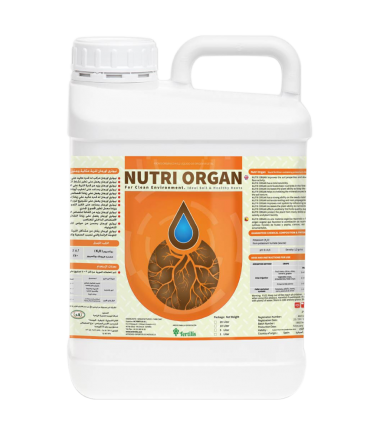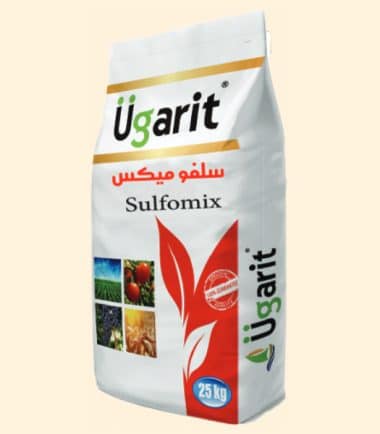Herbal plants have many benefits in our daily life; Many of these plants are used in natural medicine to cure many diseases. Also, many people use these plants to decorate their homes.
It is considered one of the most important components of the garden; Because they are the source of most of the colors inside the garden, These plants are divided into types in terms of life cycle, including the following.
annual herbaceous plants
They are plants that have a life span of only one year. Among them are the following:
- Winter annual plants: They are planted in the months of September and October, and flowers are formed in the month of December until June.
- Summer annual plants: They are planted in February and March, and flowers are formed in July until November.
- Biennial herbaceous plants: They are plants that have vegetative growth in one year and flower growth in another year.
perennial herbaceous plants
They are plants whose vegetative growth and flower growth take place in more than two years, and it is possible that they do not bloom in the first year, but when they bloom, they bloom every year for long periods.
perennial flowers
Perennial flowers are considered one of the most beautiful decorations that decorate places with picturesque natural colors that always attract attention. These flowers include:
peace lily flower
Its original home is the tropics of the Americas and Southeast Asia, and it is called by many names, including white sail plants, and this name is the most common, as it is also called peace lilies. The peace lily flower is considered poisonous if ingested. The peace lily flower is a perennial plant because it retains its leaves and green color for very long periods and does not need large amounts of light and water. Therefore, it can be placed inside homes, offices and hospitals, as it also works to purify the air of toxins and harmful microbes.
hamper plant flowers
There are two types of hindrance plants, One type of annual herb and another type of perennial herb. The height of the obstacle plant is between 30 cm to 80 cm, and its stems bear many beautiful flowers, as well as small black seeds most of the time. Its original homeland is from the Arab East. One of the most important types of obstacle is the duck man and the strange obstacle.
Methods of propagation of perennial herbaceous plants
Vegetative propagation is the process of increasing the number of plants by using a part of the plant parts, whether vegetative, rooted, vegetative, or a single cell. And this reproduction is to produce like the mother plant, There are many methods of vegetative propagation. Including propagation by cuttings, binding, installation and vaccination, And also the propagation of the seedlings, and we will deal with each of these types in the following.
- Propagation by cuttings: The cutting is a small part of the plant called from the part from which it is taken in order to obtain new plants from it. There are many types of cuttings such as: Leaf cuttings, leafy cuttings, root cuttings and stem cuttings.
- Propagation by grafting: This method means bending a branch of the mother plant and burying it in the soil, and it is connected to the mother plant. Therefore, it depends entirely on food from the mother plant, and then we separate it when forming its roots until it becomes a new independent plant by itself.
- Propagation by installation: This process means the installation of a part of a very small branch that has more than one bud on its rootstock, and it is a relatively complex process; So a lot of tools are used in this process.
- Propagation by grafting: This process means transferring a small part that contains one bud (graft) from the plant that we want to propagate to another plant (the parent), provided that both plants unite to form a new plant.
- Propagation by cuttings: the shoot comes out of the original plant and is close to the surface of the soil and has independent roots, and that seedling is separated from the original plant and planted independently, as happens in the ornamental palm.










Leave a Reply